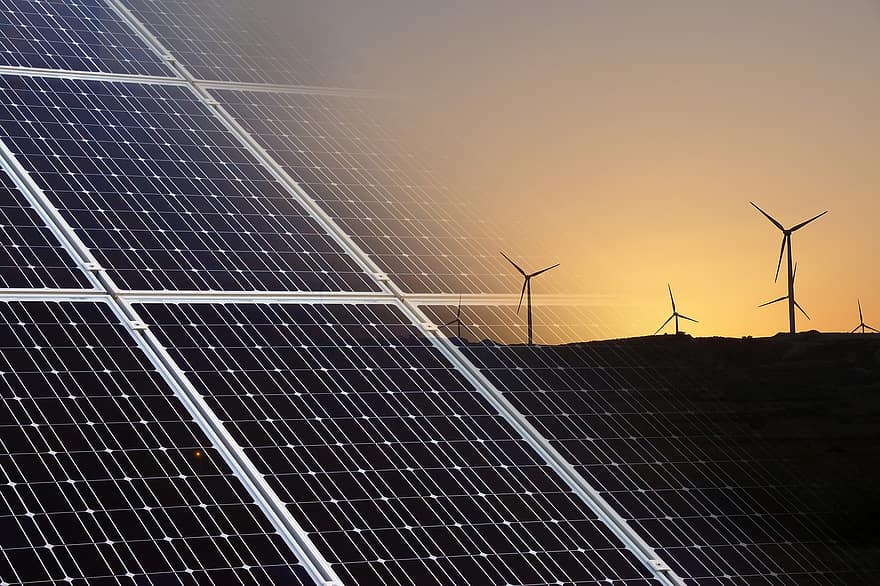Thin Solar Film for Smartphones, Windows and Roofs
The day when your smartphone screen is also a mini solar panel may not be far off, thanks to new two-layer see-through solar film developed by researchers at the University of California Los Angeles (UCLA).
Last year, a team led by Professor Yang Yang of UCLA’s Henry Samueli School of Engineering and Applied Science created a tandem-structure transparent organic photovoltaic (TOPV) device with a solar-energy conversion rate of about 4 percent.
Now they have come up with solar film with nearly double the efficiency (a 7.3 percent conversion rate) that could be placed not only on the screens of mobile devices, but also on windows, sunroofs, and other large-scale surfaces, Yang told Design News. The benefit of his current work is that this technology has the potential to make large surface areas, such as the windows and walls of skyscrapers, into energy-harvesting devices, he said in an email. “This represents for more surface area than the rooftops where one now commonly sees solar panels.”
UCLA researchers have developed photovoltaic cells with twice the energy-harvesting capacity of cells they developed in 2012. The cells, which can be processed to be transparent or in shades ranging from light green to brown, could be used to turn building windows, smartphone screens, car sunroofs, and other surfaces into sources of solar energy. (Source: UCLA)
Made of two thin polymer cells, the new film is more efficient for two reasons, he told us. The first is that it absorbs more light from a wider portion of the solar spectrum, and the other is that it includes interconnecting layers of poly diiodide salt between the two cells that reduce the loss of energy absorbed, he said.
The cells’ polymer — a new material developed by Yang’s team — is a mix of two low bandgap materials (PBDTT-SeDPP and PBDTT-FDPP-C12) that can be produced in different colors. This makes the result suitable for use in the windows of offices for privacy or aesthetics. “The materials can be processed in shades of light brown and light green, which allow privacy for people behind the windows and color matches for different building and product materials, while harvesting a significant amount of light,” he told us.
While using the new solar film on your cellphone won’t preclude the use of a battery, including it “would be enough to extend the battery life,” he said. However, smartphone screens aren’t big enough to absorb enough solar energy to power the device fully. When used on building windows, the film could be used to provide power to the facility, once wired to the building’s electricity system, he added.
Yang and his colleagues published their research online via the Energy & Environmental Science, a journal of the Royal Society of Chemistry. They are currently working to improve the efficiency of transparent solar devices like the film and to make the film scalable, he said.
One of the sponsors of the group’s research, EFL Tech, hopes to take the solar film commercial in five years, Yang told us. The Air Force Office of Scientific Research and the Office of Naval Research also supported the team’s work, he said.
latest video
news via inbox
Nulla turp dis cursus. Integer liberos euismod pretium faucibua










